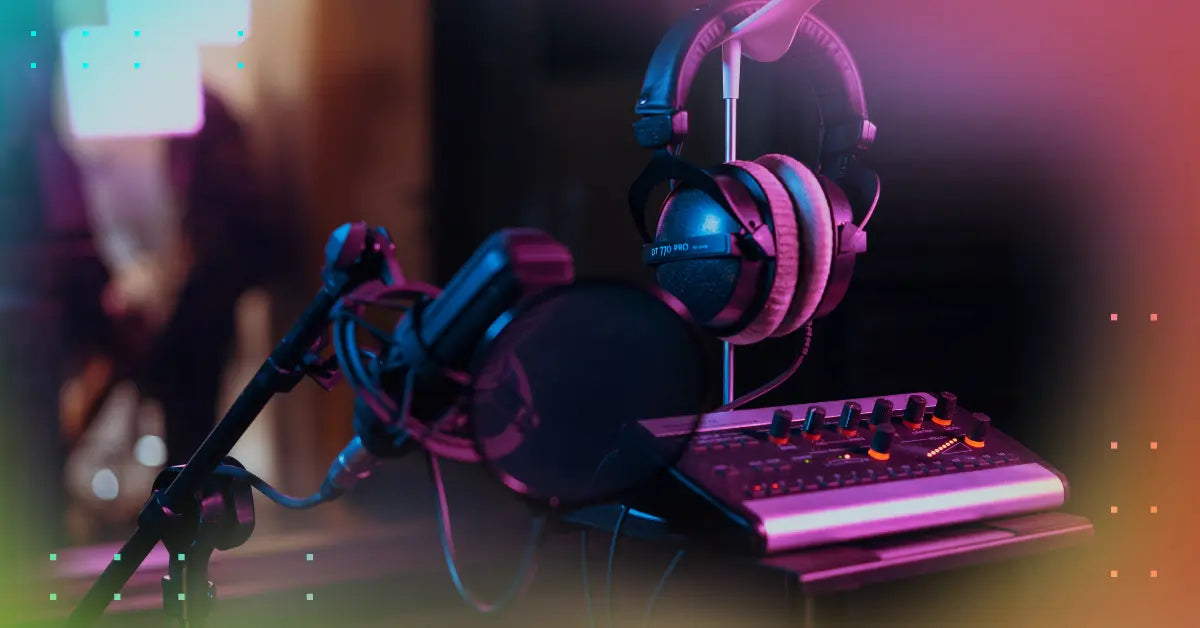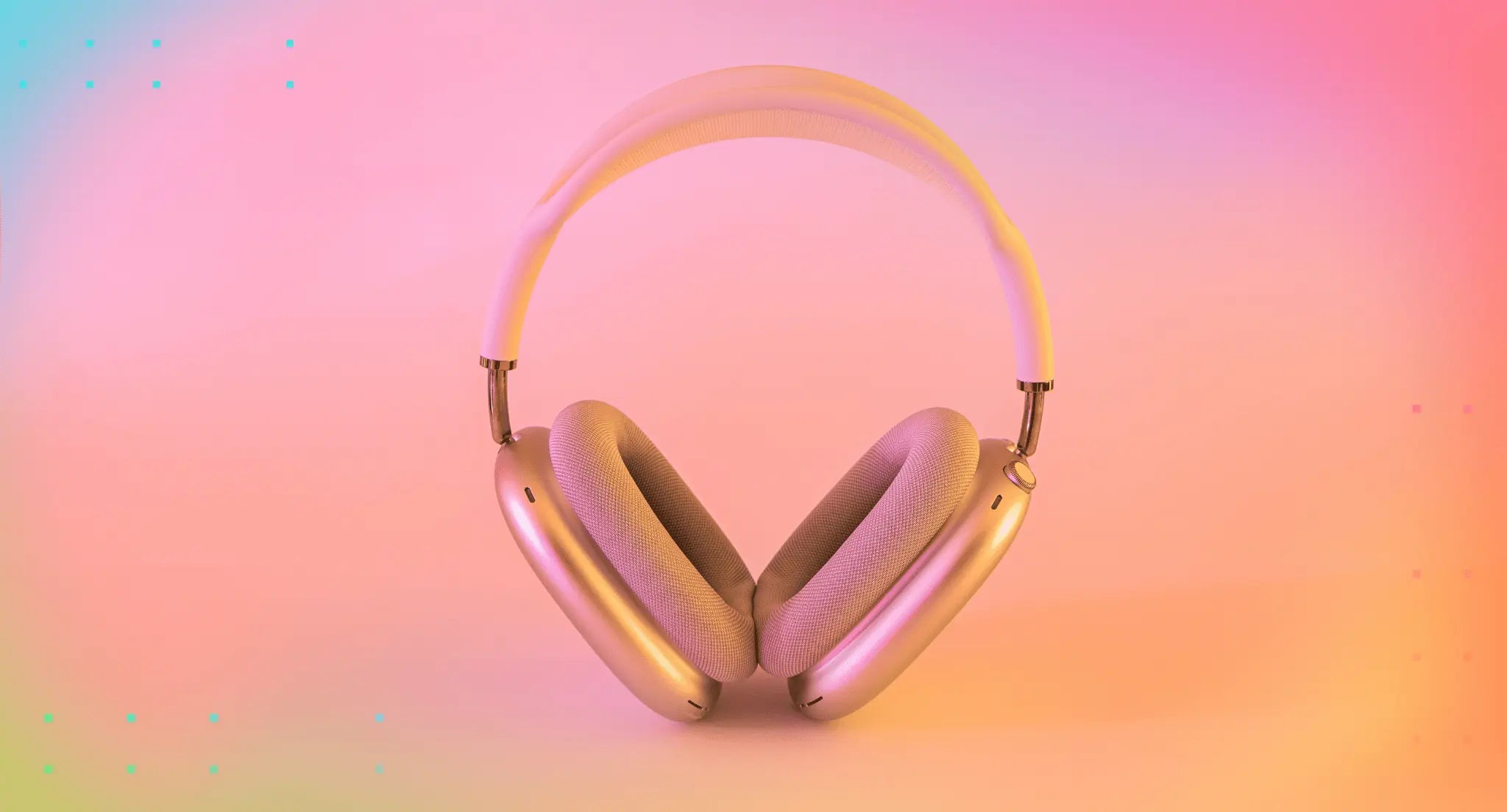As technology continues to evolve, so does the landscape of music production. One of the groundbreaking advancements in recent years is the introduction of spatial audio, which is transforming how producers create music and how listeners experience it. This immersive audio technology offers a new dimension to listening, making it feel like the sound is coming from all around you. Here's how spatial tri-dimensional audio is revolutionizing the music industry.
What is Spatial Audio?
Spatial audio, or 3D audio, is an advanced sound technology that simulates a 360-degree audio environment. It enhances the perception of depth and space in audio content, making it feel as though sounds are coming from different directions, including above and below the listener.

Spatial Audio is Revolutionizing Production Techniques
Producing music in 3D audio requires a different approach from traditional stereo sound. It involves:
- New Tools: Producers must utilize specialized software and hardware designed for spatial sound creation.
- Spatial Mixing: Elements of a track, including vocals, instruments, and effects, must be placed not just left or right, but also vertically and deeper into the sound field.
Benefits for Artists and Producers
More than just a technical enhancement, 3D audio opens up new avenues for creativity and can give artists a competitive edge:
- Enhanced Creativity: Artists can explore new dimensions of sound, pushing the boundaries of traditional music production.
- Unique Selling Point: Music produced with spatial audio can stand out in a crowded market, offering listeners a novel experience.
Enhancing the Listener's Experience
The introduction of spatial audio has transformed how listeners experience music:
- It creates an immersive listening experience that can mimic the feel of live performances.
- Studies suggest that spatial audio can increase listener engagement, with fans more likely to enjoy a full album or playlist.
Challenges and Limitations
Despite its benefits, spatial audio faces several challenges:
- Hardware Limitations: Not all consumers have access to devices capable of decoding and rendering spatial audio, which can limit its reach.
- Production Complexity: There is a steep learning curve associated with producing spatial audio, requiring new skills and techniques.
The Future of Spatial Audio
As technology advances and becomes more accessible, spatial audio is likely to become more prevalent in the music industry. Its potential for creating a deeper emotional connection with music suggests that it could become a new standard in the coming years.
In conclusion, spatial audio represents a significant shift in the way music is produced and experienced. It offers an enriching, immersive sound that could redefine listener expectations and open up new creative possibilities for artists.
As Spotify continues to embrace innovations like spatial audio, which allows listeners to experience a deeper connection with their favorite tunes, it’s clear that embracing these advancements can play a significant role in an artist’s success on streaming platforms. To fully leverage these possibilities and elevate your music’s reach, consider exploring our tailored Spotify marketing services designed to help artists thrive in today's digital music landscape.





Leave a comment
This site is protected by hCaptcha and the hCaptcha Privacy Policy and Terms of Service apply.